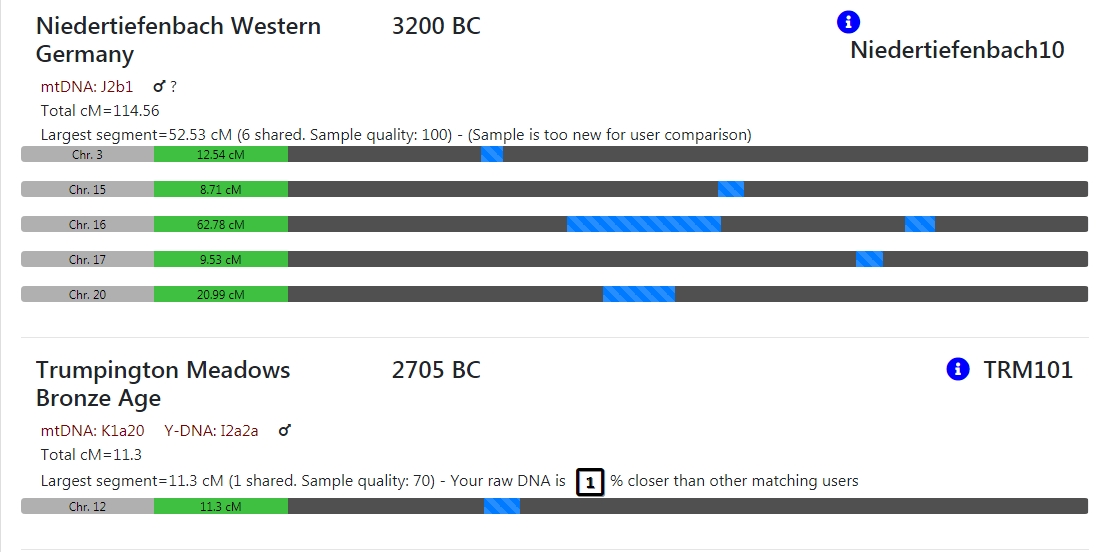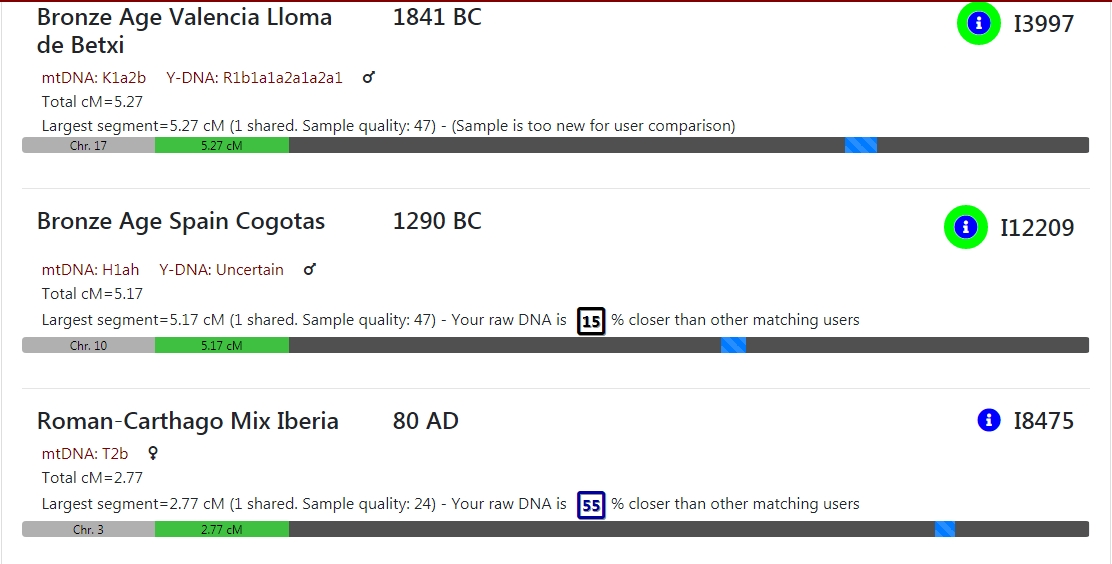I wonder if it was the type of situation wheres one population ( The Steppe invaders ) brought in disease that they themselves were immune to. Think of Small Pox and Native Americans.
That's always possible. It was also possible for modern Homo sapiens when entering West Eurasia and replacing Neandertals, when Mesolithic colonisers replaced the Palaeolithic Europeans, when the Neolithic colonisation of Europe from Anatolia was happening and so on. Even the Romans used "biological warfare" against the Celts and there are hints in the bible.
Anyway, I don't think this was the true reason. For one the steppe people needed quite some time from one end to the other of Europe. It happened fast, but not that fast. In some places where we see real strongholds of the preceding cultures, we can observe they had to move around, they had to evade them. Some places were much, much later included in the steppe dominated world. Why?
Those seem to have did the best which adapted to the steppe people's more mobile agro-pastoralism and warfare, adopted new ideological elements and techniques. Also, a lot of the later steppe-related expansion happened with people which were themselves largely descendents from pre-steppe people. What really changed was the male lineage. So one dominant clan replaced another.
You could even ask the same question for Bell Beakers, which themselves were less steppe-like than Corded Ware and some Eastern steppe-related groups, yet they replaced many of those steppe people too. Why? Because at that point in time, they had the advantages. Bell Beaker clans didn't just replace non-steppe people and dominated those, they also dominated, in some areas, steppe-related groups which were not strong enough. So even if there was a disease, some sort of plague, even if this did play in, it was not decisive, it was not the main cause.
There are many hints for the plague being spread even earlier and the only thing you could say is, that it would be better, if there is such a plague, to be a mobile agro-pastoralist or pastoralist, rather than being a sedentary farmer in a big village, even urban centre. The reason should be obvious: The old settlements were build on dirt, the tells were piles of dirt. Even if they were fairly clean for their time, they were still dirty places and it was impossible to keep hygienic standards in these crowded settlements, with one house being build close to the next, with so many people living close together.
If you are a semi-nomadic agro-pastoralist or pastoralist, living in small, moving groups, even if you are not genetically much better suited to survive the disease as an individual, your people got an advantage statistically over sedentary farmers. Then again, a lot of the non-steppe people became more mobile agro-pastoralists too, some even before the steppe people (!). Yet those were largely replaced, with the exception of their strongholds and with the exception of some big revivals here and there, too.
In the Balkans the local lineages did, overall, better, in some other places too. But those are supposed to have been hit by the plague first. But the situation was worst for the local male lineages in places which were rather closed and not yet that developed in comparison to the Balkans and Carpathian-Pannonian region, like Britain in particular and Iberia. There is just one big difference in my opinion, and that's that it was the Bell Beaker people, which made no prisoners and that they could hunt them down in the region, without having any role or need for the local males, by and large.
Steppe people did not always replace that much of the locals, they did not always kill all the males - even BB did not. But the BB did kill more, they did replace at a higher rate and more successful even than most steppe people.
Think about this:
90% of Brazilian y-DNA is European
90% of Brazilian mtDNA isn't
Whatever we have once been told regarding what exactly wiped out some populations might have been untrue
The disease factor was much stronger in the Americas by the way, because this was an isolated continent and a different race of people. In Europe the difference was not that big and the isolation from each other not that strong. so if a plague hit one group, it did hit the other as well and at least almost as strong. In Latin America the advantage of the mixed people over the pure Amerindians was genetically much bigger, if its about resistance and social selection by phenotype, than in Europe, where the differences were much, much smaller between conquerors and conquered.





